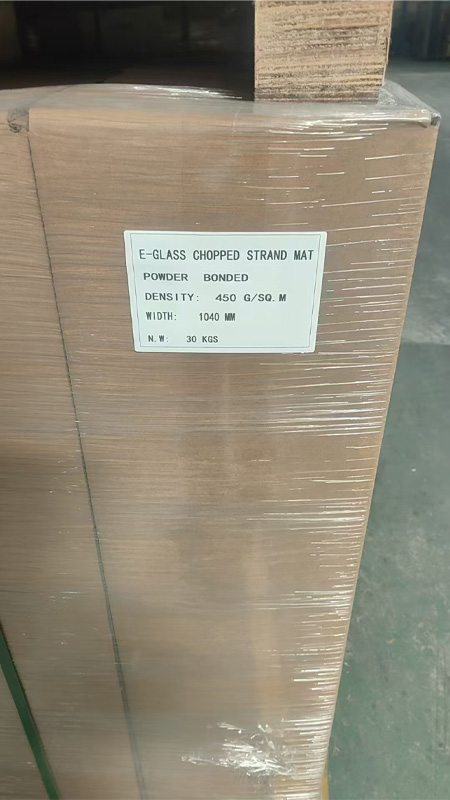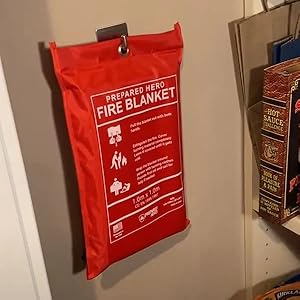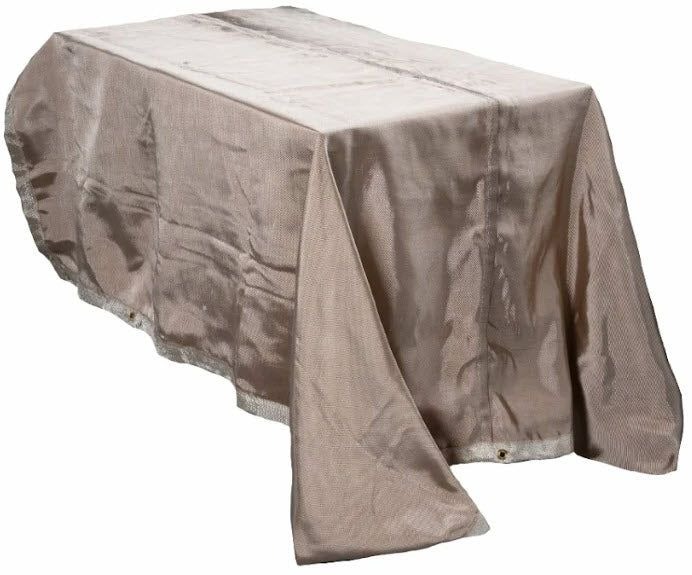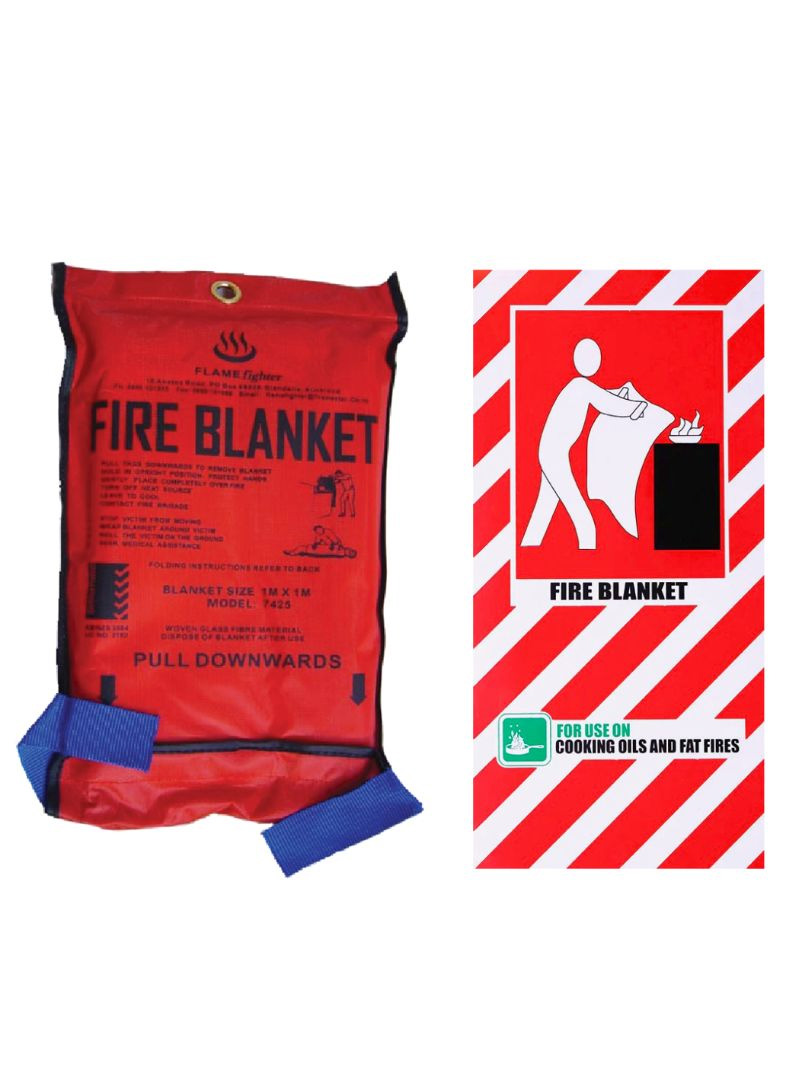Fire Blanket vs Fire Extinguisher: When to Use Each for Maximum Safety
This guide explains the key differences between fire blankets and fire extinguishers, their proper uses, and how to choose the right one for different fire situations. You'll learn essential fire safety skills to protect your home or workplace.
Understanding Fire Blankets

A fire blanket is a safety device made from fire-resistant materials designed to smother small fires. When you need to put out a small fire quickly, especially one involving cooking oil or clothing, a fire blanket is often your best first choice.
Fire blankets work by cutting off the fire's oxygen supply. They're particularly effective for:
- Stovetop fires (grease or oil fires)
- Clothing fires
- Small trash can fires
- Electrical appliance fires (after unplugging)
To use a fire blanket properly, you should:
- Pull the tabs to release the blanket from its container
- Hold the blanket in front of you like a shield
- Place it gently over the flames
- Leave it in place until the fire is completely out and cooled
Understanding Fire Extinguishers
Fire extinguishers are pressurized canisters that discharge fire-suppressing agents. They're more versatile than fire blankets but require proper training to use effectively. You'll find different types of extinguishers designed for specific fire classes.
The most common types are:
- Class A: For ordinary combustibles (wood, paper)
- Class B: For flammable liquids (gasoline, oil)
- Class C: For electrical fires
- Class K: For commercial kitchen fires
To operate a fire extinguisher, remember PASS:
- Pull the pin
- Aim at the base of the fire
- Squeeze the handle
- Sweep from side to side
Fire Blanket or Fire Extinguisher: Which Should You Use?
Choosing between a fire blanket and fire extinguisher depends on the fire type and size. Here's when to use each:
Use a fire blanket when:
- The fire is small and contained
- It's a cooking oil or grease fire
- Someone's clothing is on fire
- You're in a small space where extinguisher spray might spread flames
Use a fire extinguisher when:
- The fire is larger than a small trash can
- It's not a grease fire (unless you have a Class K extinguisher)
- You have proper clearance to use it safely
- You've been trained in its use
Safety Considerations for Both Devices
Whether you're using a fire blanket or fire extinguisher, always prioritize safety:
- Never turn your back on a fire
- Have an escape route planned
- If the fire grows quickly, evacuate immediately
- Call emergency services for any fire, even if you think you've put it out
Remember that both fire blankets and fire extinguishers have limitations. Neither should be used on large fires or chemical fires unless specifically designed for that purpose.
Maintenance and Placement
Proper maintenance ensures your fire safety equipment works when needed:
For fire blankets:
- Store in an easily accessible location
- Check periodically for damage
- Replace if used or damaged
For fire extinguishers:
- Mount in visible, accessible locations
- Check pressure gauges monthly
- Have professionally inspected annually
- Replace or recharge after use

Conclusion
Both fire blankets and fire extinguishers are essential safety tools, but they serve different purposes. A fire blanket is ideal for small, contained fires, especially grease and clothing fires, while a fire extinguisher handles larger fires of various types. The smartest approach is to have both available and know when to use each. Regular maintenance and proper training will ensure you're prepared to act quickly and safely in case of a fire emergency.






